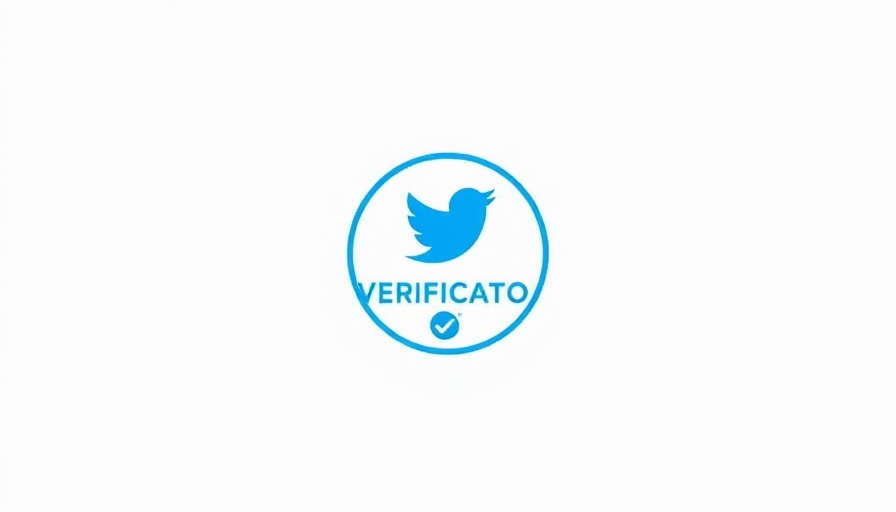
Understanding Meta's New Ad Billing Changes
Meta, the social media giant that dominates our digital advertisements, has recently rolled out significant changes to its ad billing settings that could affect how businesses manage their ad spend. These transformations bring a new layer of complexity to budgeting for campaigns, and while they might seem like just bureaucratic updates, they could have real implications for your marketing strategies.
Why This Change Matters to Advertisers
One of the most significant alterations is how and when Meta will charge advertisers. Previously, businesses were charged once they reached a set spending threshold and again at the end of the month for any remaining charges. This system allowed for some flexibility, especially if an ad campaign did not perform as expected. Now, however, the new guidelines state: "You're charged at the moment you confirm your ads purchase." This means that as an advertiser, you'll have to pay your entire budget upfront as soon as you launch your ads.
Imagine setting a daily budget of $10 for a campaign running over two days. Under the previous system, if your ads didn’t perform as planned, you might only get charged for the clicks or interactions your budget delivered. Now, you could find yourself paying the full $20 upfront, regardless of actual engagement, which raises the stakes regarding ad delivery effectiveness.
Implications for Your Marketing Strategy
This shift could mean that advertisers need to adjust their strategies significantly. If you’re not getting the expected results, you'll still be out $20 before you even have a chance to analyze your campaign's performance. The potential risk here is that Meta could see an influx of cash flow at the expense of your operating budget, leaving less wiggle room for adjusting your marketing strategies.
Furthermore, businesses may find themselves second-guessing their trust in Meta's ad placement efficacy. Can the platform genuinely guarantee that your ads will meet the optimal delivery settings? The pressure is now on Meta to deliver results that justify upfront payments, or else it could alienate advertisers who feel their investments are unprotected.
Changes to Automated Advertising Campaigns
Meta has also altered the landscape regarding its automated Advantage+ campaigns. Previously, advertisers set minimum and maximum budgets, allowing for a degree of flexibility with daily spending based on engagement. The new system, which caps average ad set spending, indicates a shift toward limiting potential daily expenditure, which could hinder campaign optimization.
This change is critical: rather than optimizing for performance based on engagement levels, advertisers may find themselves unintentionally stifling their campaigns' reach and efficacy. The core philosophy behind effective advertising lies in its ability to adapt to audience behaviors, so these changes should prompt advertisers to reassess how they approach ad budget management and how they utilize Meta's tools.
Historical Context: The Evolution of Digital Advertising
Understanding these changes also requires a trip down memory lane to appreciate how far digital advertising has come. Initially, advertisers on platforms like Meta had to grapple with a pay-per-click model that evolved through several iterations as data analytics became more sophisticated. As social media burgeoned as a relevant marketing channel, advertisers sought clarity in how they would be charged to maximize returns.
Now, as we’ve settled into a more data-driven marketing landscape, Meta’s decision seems aligned with an industry shift towards more upfront, predictable billing structures, but it could stifle creative experimentation, especially for smaller businesses leaning on tighter budgets.
Looking Forward: Potential Outcomes and Adaptive Strategies
Predicting how these changes will unfold in the broader industry remains complex. As more companies tighten their ad budgets due to these new policies, could we see a surge of shifts to other platforms or methods of advertising? It's certainly within the realm of possibility as the landscape evolves. Companies must remain agile and proactive in re-evaluating their strategies.
To counter these changes effectively, advertisers need to engage in diligent testing. Small-scale campaigns that take advantage of the new billing method while refining targeting and messaging could yield significant insights about customer behavior without risking substantial budgets on full-scale launches. Strong diagnostic measures should remain in place to assess the effectiveness of each strategy under this new billing structure.
Closing Thoughts: Adapting to Changes in Ad Strategy
Ultimately, while Meta's new ad billing settings may pose challenges, they also offer a valuable opportunity for advertisers to reassess their strategies and approaches. Being aware of these changes equips you for better decision-making moving forward. If you're not already re-evaluating your marketing budget and personal strategies, now might be the right time to dive in. The goal is to use these new insights as a springboard for optimizing your ad approaches in this dynamically evolving landscape.
As you navigate the changes, consider how adjusting your ad strategies can benefit your company in the long term. It's all about adapting and thriving in this digital shift. Stay ahead of the curve and start rethinking your ad plans today!
 Add Row
Add Row  Add
Add 




Write A Comment